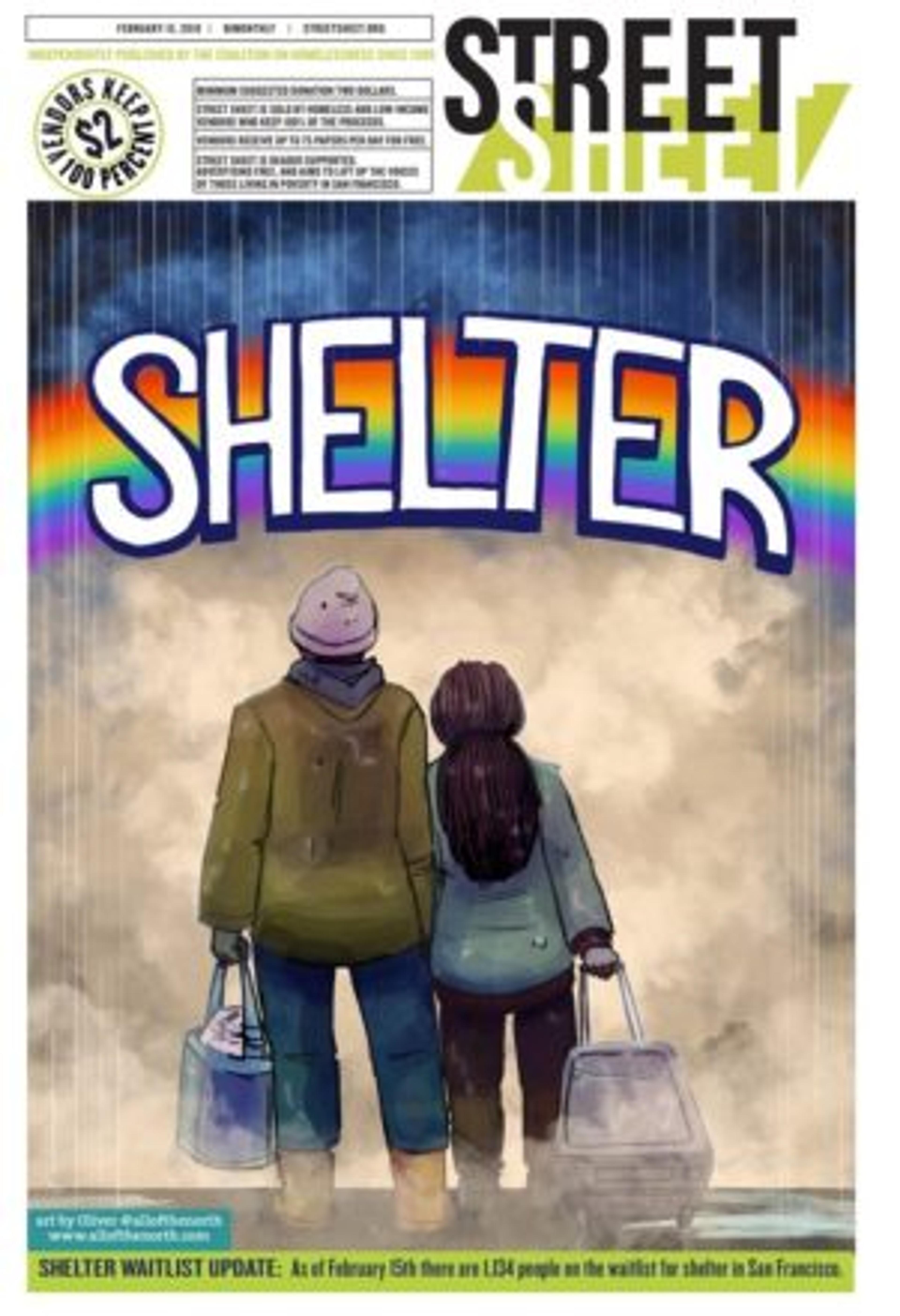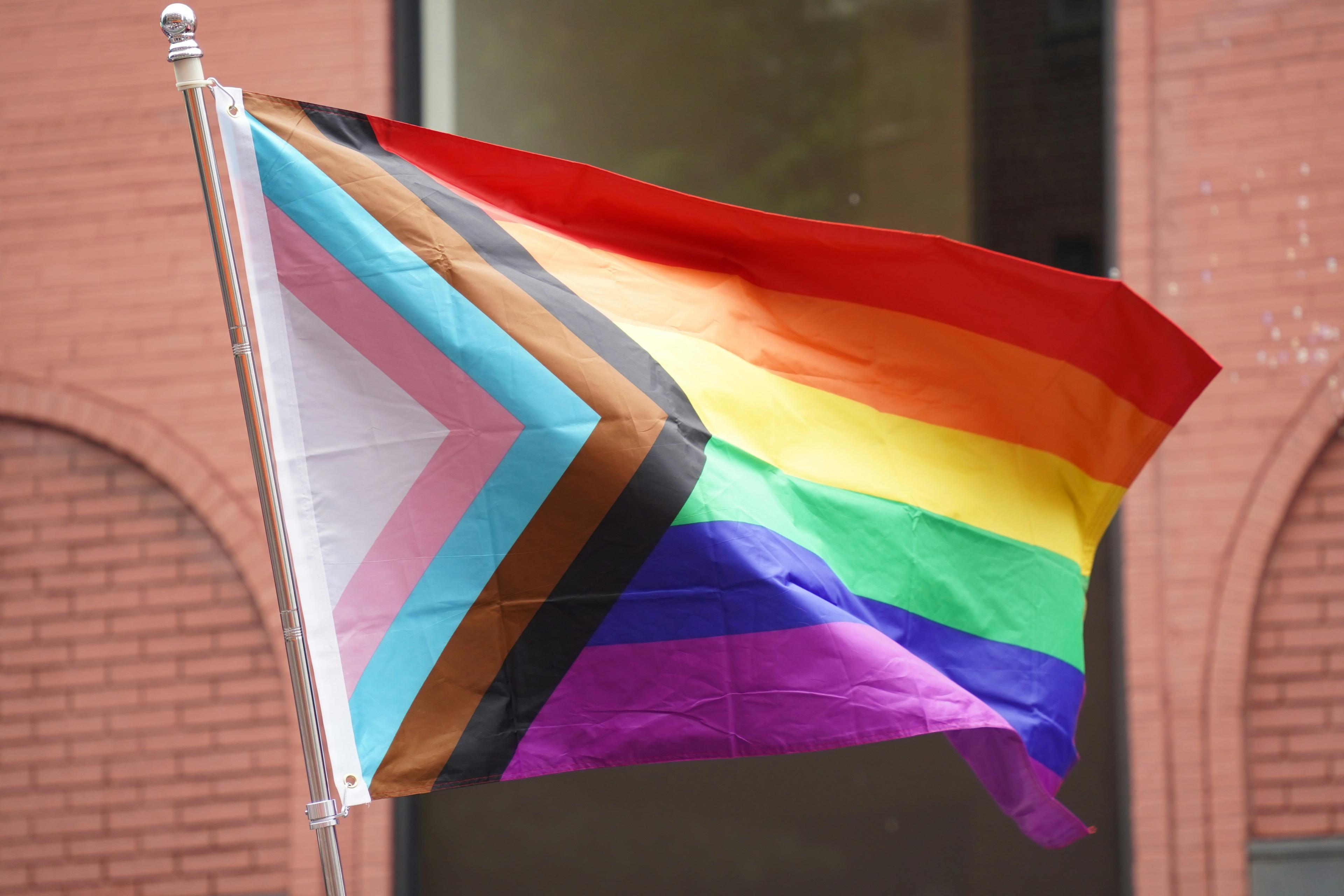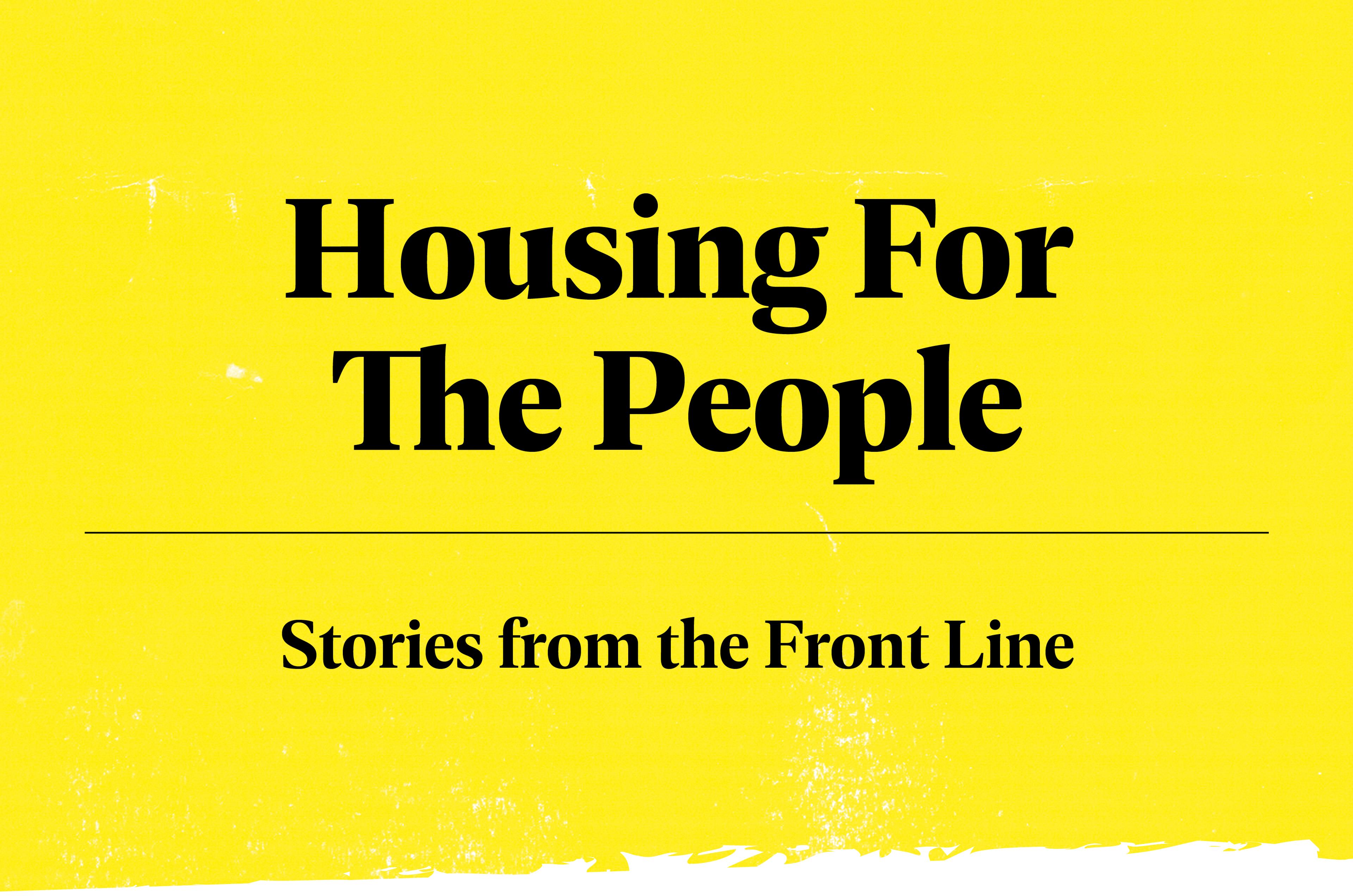Lose your ID, lose your identity

Image by Pacholek-cz from Pixabay
By TJ Johnston
- Lived experience

TJ Johnston, who works as an editor at San Francisco street paper Street Sheet, writes about his experience of being homeless and losing any discernible form of identification, making life even more difficult than it already is.
In 2019, when I was homeless, I lost my ID. I retraced my steps to the stores where I knew I had taken it out when I fished for store cards and cash in my pouch. No luck—it wasn’t at any of them.
That meant I had to undergo the rigmarole of replacing my ID. At least I still had my Social Security card, knew where I kept my birth certificate and had access to the paperwork waiving the fee to unhoused California residents—which is not always true for many people experiencing homelessness.
It was only a matter of bringing them to the Department of Motor Vehicles, taking the requisite photo and waiting for the DMV to mail it to the office where I write for Street Sheet. The replacement was the then-new Real ID I would need if I were to board an airplane for a domestic flight or enter any federal government facility. It was also renewed for another five years, so I needn’t bother returning to the DMV—at least for the time being.
Without an ID issued by a local, state or federal agency, unhoused people can’t access public benefits or other services. When a person loses their ID with no replacement, they are virtually disappeared from society.
It’s as if they don’t exist.
The New York University School of the Law’s Brennan Center found in a 2006 study that 11 per cent of the US population lack a state-issued ID. That works out to approximately 21 million people unable to prove who they say they are.
The Brennan Center also concluded that 7 per cent of US citizens carry no proof of citizenship, including birth certificates, passports or naturalization papers.
The people less likely to have any ID are seniors, minorities and people earning less than $35,000 per year. These are groups whose members are very likely to face homelessness, and if one were to draw a Venn diagram, it would show much overlap between those groups.
The absence of ID can have the same impact as a natural disaster. If that last sentence sounds hyperbolic, I submit the case of Wendi Taylor of Houston, Texas. Taylor’s trailer park was flooded when Hurricane Harvey hit in the summer of 2017. During the evacuation, she lost the bag containing her documents when the National Guard boat capsized.
After two years, Taylor was still unable to take the first step toward establishing her identity.
“My ID has not been replaced yet,” she said when I interviewed her in 2019. “I’m stuck in a catch-22 of needing a photo ID to get a Social Security card and needing a Social Security card to get a photo ID.”
Under Texas law, Taylor would have to produce a combination of documents to get an ID. Today, that would include proof of identity, U.S. citizenship or lawful presence, residency and a Social Security card.
Soon, it won’t be any easier anywhere else. As of 7 May 2025, new barriers to establish identity could be created when the federal Real ID Act takes effect. Two proofs of a residential address must also be provided—and a post office box won’t satisfy the address requirement, said Derrick Soo, a former construction contractor now living in Oakland, California.
Soo said that an applicant in California must provide a bill for utilities, such as electricity, cable or satellite TV or landline phone service, to show proof of address.
“This is creating a huge issue for those living curbside,” he said.
When interviewed in 2019, Soo said he hoped to be housed before needing to renew his ID. His then- current address was that of a now-defunct business across the street from his campsite. That address allowed him to receive mail and deliveries even after the business moved in 2016. It also added the benefit of protection from the authorities. A police officer who tried to force Soo to break camp was thwarted when Soo showed him his ID.
“He had no choice but to allow me to set up my shelter on the property of the address on my ID,” Soo said. “No city official or police could do anything about me.”
The San Francisco encampment dwellers I interviewed for the Stolen Belonging project weren’t as fortunate. Residents living in improvised structures lost their IDs—as well as medications and other survival materials, among other possessions—when City workers confiscated them during sweeps. To my knowledge, they were never recovered nor replaced. Now, these seizures are the subject of a lawsuit a group of unhoused San Franciscans filed against the City.
When my ID was replaced two weeks after my DMV visit, I was relieved and grateful. With it, a multitude of things were again possible for me—first and foremost, just being.
Support our News Service
We believe journalism can change lives, perceptions, and society - underpinning democracy for a more equitable world. Learn more about the INSP News Service and how to support it here.

